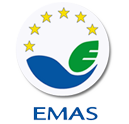Environment
HSE, Quality & Certification
A strict Planet Care
The Environmental Management System (“EMS”) is the instrument used by the Company to identify, assess and address the major environmental issues and improve its performance. The ISO 14001 is a voluntary international standard that indicates how to develop an effective EMS, requiring the Company to make a written representation to the public setting out its environmental objectives and targets.
The aim of the EMS is to:
- Define the Company’s Operation Background;
- Define needs and expectations of all parts involved in SGA;
- Identify, evaluate and monitor the Company’s Environment aspects also with a life cycle perspective;
- Identify SGA’s risks and opportunities and define a plan of performances improvement;
- Distribute specific responsibilities, as the whole environmental compliance derives from the appropriate behavior of all employees.
This commitment is expressed by:
- A structured approach to setting environmental objectives and identifying the tools needed to achieve them;
- Manufacturing safe to use products that can be recycled or disposed of;
- Assistance to customers on the safe use of the products;
- Cooperation with customers for the continuous improvement of products and services;
- Minimising the impact of production, storage, transportation, distribution, use and disposal of products on humans and the environment;
- Reducing the cost of energy consumption, waste management and raw materials;
- Initiating a process of continuous improvement of environmental performance;
- Increasing the value of its business in the market, starting with a serious analysis of its environmental issues, whether legislative, technical or managerial.
EMAS
Regulation (UE) no. 1505/2017 introduced the European Eco-Management and Audit Scheme (“EMAS”), which represents the official recognition at EU level for the achievement of excellence in environmental management and the communication plan put in place voluntarily.
Under the EMAS Regulation, the Company is required to:
- Perform an initial environmental review which establishes its initial position about the environmental conditions;
- Define an environmental policy, that is its objectives and general action plan for the environment, and prepare an environmental programme that describes the measures adopted to attain specific objectives;
- Implement the environmental management system to develop, implement and maintain an environmental policy;
- Audit the Company’s performance, its environmental management system and processes designed to protect the environment;
- Prepare an environmental statement for the market, which includes details of its environmental policy, a brief description of the environmental management system, a description of its organisation and environmental aspects.

EMAS registration facilitates local accountability by virtue of an open dialogue with stakeholders, communicates independently validated environmental information, improves the involvement of staff, provides greater assurance about compliance with environmental legislation and, through continuous improvement, tends to minimise the environmental impacts arising from the Company’s business.
The Environmental’s Statements of the EMAS certified and registered plants are available for the download.
Anyone who wants a copy can download it by filling in the form.
The “REACH” regulation (“Registration, Evaluation, Authorisation and Restriction of Chemicals”) provides for the registration of all chemicals produced or imported into the EU in quantities greater than one tonne per year. It covers 30,000 chemicals on the market. .
Registration of a substance consists of the presentation by the manufacturers or importers of certain basic information about its characteristics and, in the absence of available data, the execution of experimental tests to characterise their physical-chemical, toxicological and environmental properties.The Regulation established the European Chemicals Agency (Helsinki), which provides technical-scientific coordination of the activities required by the Regulation and organises a database to collect and manage the data provided by the industry when the substances are registered.
The national bodies involved in the implementation of the REACH regulation are:
- the relevant bodies of the Ministry of Labour, Health and Social Policies;
- the Ministry of Environment and Protection of Land and Sea;
- the Ministry of Economic Development;
- the bodies that are part of the Italian Institute for Environmental Protection and Research (ISPRA) and the National Institute of Health (ISS).
For more information about Polynt’s registered REACH products, click here.
REACH
Packaging recycling
ETICHETTATURA IMBALLI – LABELLING
![]() A tutti gli interessati – Clienti
A tutti gli interessati – Clienti
In ottemperanza a quanto previsto dall’articolo 8 della Direttiva 94/62/CE e dalla Decisione della Commissione 97/129/CE (solo per l’Italia: Decreto MASE n°360 del 28.09.2022) e al fine di riciclare e trattare correttamente tutti i materiali di imballaggio, La informiamo che la/le nostra/e entità per tutti i prodotti in Europa (intendendo un paese geograficamente considerato europeo- incluso il Regno Unito) utilizza tutti i tipi di imballo riportati nella tabella sottostante che riporta le caratteristiche dei materiali e il relativo codice del tipo di materiale utilizzato per soddisfare tale scopo.
![]() To whom it may concern – Customers
To whom it may concern – Customers
In compliance with the provisions of Article 8 of Directive 94/62/CE and Commission Decision 97/129/CE ( only for Italy : Italian Decree MASE n°360 del 28.09.2022) and in order to recycle and properly treat all packaging materials, We hereby inform you that our entity/ies for all products produced in Europe (meaning a country geographically considered European- including United Kingdom) use all type of packaging included in the table below that shows the characteristics of the materials and the related material type code used to comply with that purpose.
TASSA PLASTICA – PLASTIC TAX
A tutti gli interessati – Clienti
Polynt Reichhold Group informa che gli imballaggi utilizzati per fornire i nostri prodotti, in conformità con le attuali informazioni in nostro possesso, sono realizzati utilizzando plastica nuova e/o non contengono percentuali rilevanti di materiale riciclato.
Gli articoli oggetto della presente dichiarazione ed il loro rispettivo peso sono dettagliati nella tabella sottostante.
Si prega di considerare che tutte le informazioni contenute in questo documento sono state preparate solo a scopo esplicativo e con l’espressa intesa che saranno utilizzate esclusivamente per gli scopi indicati. In particolare, i pesi riportati in tabella sono da considerarsi come le migliori informazioni che possiamo fornire in merito al valore della plastica utilizzata nel relativo imballaggio, considerando la tolleranza strutturale dell’imballo.
In linea con le dichiarazioni ricevute dai nostri fornitori di imballaggi, confermiamo che tutti i Pallet, IBC, Big Bags in plastica, utilizzati dal Gruppo Polynt Reichhold per consegnare i propri prodotti, sono stati progettati per essere riutilizzati.
Tutti gli altri componenti plastici degli imballaggi non devono essere considerati riutilizzabili.
È obbligatorio per i Clienti ed i Commercianti verificare se tale riutilizzo è possibile per le loro applicazioni, tenendo conto delle leggi e dei regolamenti applicabili, dei prodotti da utilizzare, dei requisiti HSE, ecc.
To whom it may concern
Polynt Reichhold Group informs You that the packaging used to supply our products, in accordance with the current information in our hands, are made using new plastic and/or they do not contain relevant percentages of recycled material.
The items covered by this statement and their respective weights are detailed in the table below.
For avoidance of doubts please take into consideration that all the information contained in this document has been prepared for explanatory purposes only and upon the express understanding that it will be used solely for the purposes set forth. In particular, the weights shown in the table shall be considered as the best information we can provide regarding the value of the plastic used in the corresponding packaging, considering the feasible tolerance due to operative and structural issues.
In line with the declarations received by our packaging Suppliers we confirm that all the IBC, Big Bags, plastic pallets used by Polynt Reichhold Group to deliver its products have been engineered to be reused.
All the other packaging plastic components have not to be considered reusable.
It is mandatory for the Customers and Commercial Partners to check if such reutilization is possible for their applications taking in account applicable laws and regulations, products to be used, HSE requirements, etc.
